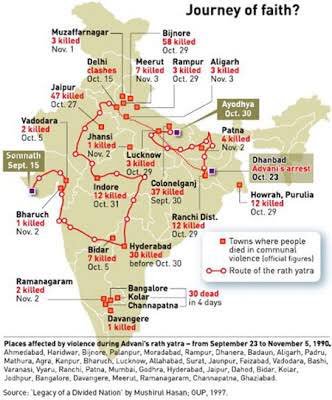Modern Asian Studies
New Identity Politics and the 2012 Collapse of Nepal's Constituent Assembly: When the dominant becomes ‘other’
by KRISHNA P. ADHIKARIa1 and DAVID N. GELLNERa2
a1 School of Anthropology and Museum Ethnography, University of Oxford, United Kingdom Email: krishna.adhikari@anthro.ox.ac.uka2 School of Anthropology and Museum Ethnography, University of Oxford, United Kingdom Email: david.gellner@anthro.ox.ac.uk
Abstract
This article explores the
politicization of ethnicity in Nepal since 1990. In particular it looks
at how ideas of indigeneity have become increasingly powerful, leading
to Nepal becoming the first and—to date—only Asian country to have
signed International Labour Organization Convention number 169
(hereafter ILO 169). The rise of ethnic politics, and in particular the
reactive rise of a new kind of ethnicity on the part of the ‘dominant’
groups—Bahuns (Brahmans) and Chhetris (Kshatriyas)—is the key to
understanding why the first Constituent Assembly in Nepal ran out of
time and collapsed at the end of May 2012. This collapse occurred after
four years and four extensions of time, despite historic and
unprecedentedly inclusive elections in April 2008 and a successful peace
process that put an end to a ten-year civil war.http://journals.cambridge.org/action/displayAbstract?fromPage=online&aid=10190984&fileId=S0026749X15000438


